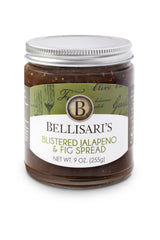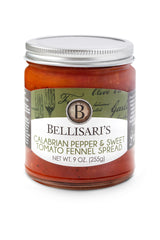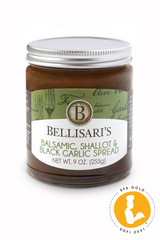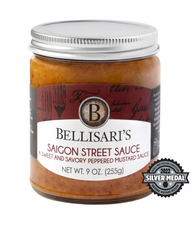Once upon a time “cooking oil” in an average American kitchen meant vegetable oil. Or maybe a clump of melted-down lard if you were really lucky. Fundamentally, all oils are made of fat and are in a liquid state when stored at room temperature. In our diets, fats are essential to building healthy nerves and skin, and to helping us absorb nutrients. In cooking, fats are used for heat transfer, to brown food, and for adding flavor. Which cooking oils do you keep on hand? And do you know which occasion calls for which oil?
When you’re figuring out what’s right for your cooking needs, you’ll want to choose your oil based on what temperature you’ll be cooking at and what flavor you’re aiming for. You may have heard of oil’s “smoke point''— this is the temperature its fats start to break down and form unhealthy compounds (a.k.a., free radicals). If you’ve hit this point, you’ll see and smell the smoke, and the oil will scorch what you’re cooking.
The smoke point of cooking oils varies widely. In general, the more refined an oil, the higher its smoke point, because refining removes impurities and free fatty acids that can cause the oil to smoke. Refined oils typically have a neutral taste and odor and a clear appearance. Light olive oil (light in color, not in calories), for example, has been refined and has a higher smoke point (486 degrees Fahrenheit) than extra virgin olive oil (410 degrees F), which has not been refined.
Other oils that have high smoke points (400 degrees F and higher) include avocado oil (refined), almond oil, corn oil, canola oil, grapeseed oil, peanut oil, safflower oil, sesame oil, and sunflower oil. These oils are better suited for cooking at higher temperatures.
This easy guide can help you make your decision:
- High Heat? Choose oils with a high smoke point. These are more refined ones, like a refined olive, avocado, or coconut oil. Cooking methods using high heat include roasting, broiling, grilling, pan frying, or deep frying.
- Medium Heat? Go with a less refined olive oil, peanut oil, or any of the high heat oils. Cooking methods using medium heat would be a quick sautée or cooking in the oven at temperatures of less than 300 degrees.
- Low Heat? Try a traditional extra-virgin olive oil. This can be added as a raw ingredient in salad dressings or used to flavor foods at the very end of the cooking process
Some oils are definitely stronger, and some are more neutral. When you taste those specialty nut and seed oils, (some of which are flavored with additional herbs like garlic), you’ll definitely know it’s there; whereas the vegetable and canola oils are more subtle, so you wouldn’t want to use those with the goal of flavoring food.
Keep in mind that when oils are exposed to oxygen, heat, and light, they go rancid and start to form toxic compounds. You can easily smell it as soon as you unscrew the lid. You’d be able to taste rancidity in oil, too. If your oil is rancid, get rid of it. At that point, its nutritional value is gone, and consuming it poses the potential for negative long-term health effects. Proper storage can prolong the shelf life of your oils. Keep olive, canola, and coconut oils in a cupboard, away from heat and light. Seed and nut oils do best in the fridge.
Now that you know about smoke points, does one type of oil emerge as the go-to?
While I tend to try different oils more than some household cooks would, if I could only use one oil for the rest of my life, I would have to choose olive oil. It is versatile, ranging in flavor, use, and price, and you can accomplish most of your cooking tasks with just two types of olive oil.
If you opt for extra virgin olive oil, you’ll get the most bang for your buck. This is the first press of the olive, meaning it has the most vibrant olive taste. It’s less refined and is nice for dipping or salad dressings.
If you’re new to cooking with different oils, try subbing olive oil in for your butter next time you bake! You’ll end up with noticeably moister sweet treats; but remember that butter is a mixture of fat and water, so you’ll only need about 75% oil to each part butter.
Whether frying, sauteing, broiling, or baking, not all cooking oils are created equal. Learning which fats work best for whatever you’re making will help take your cooking to the next level!






